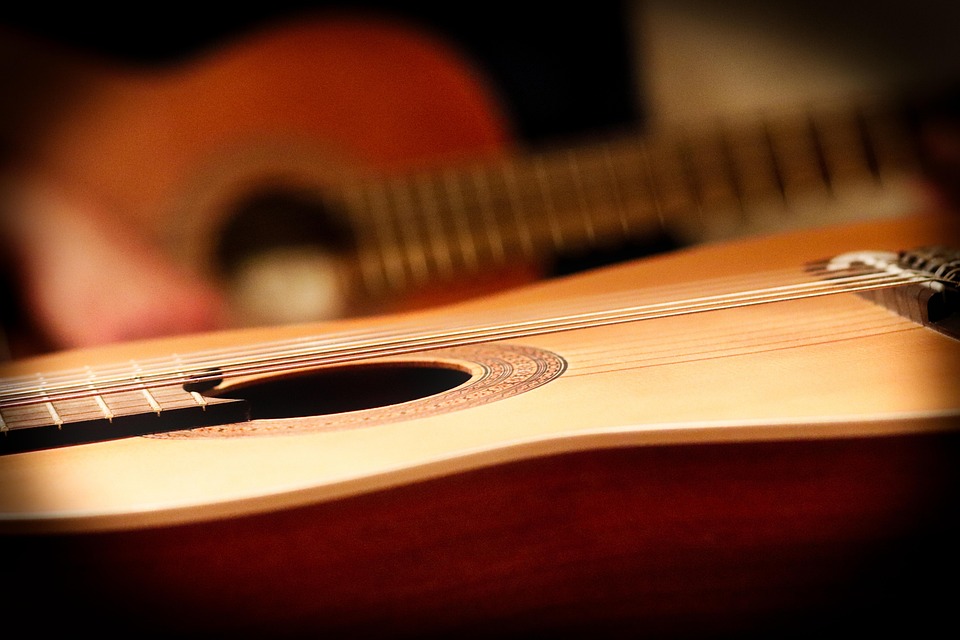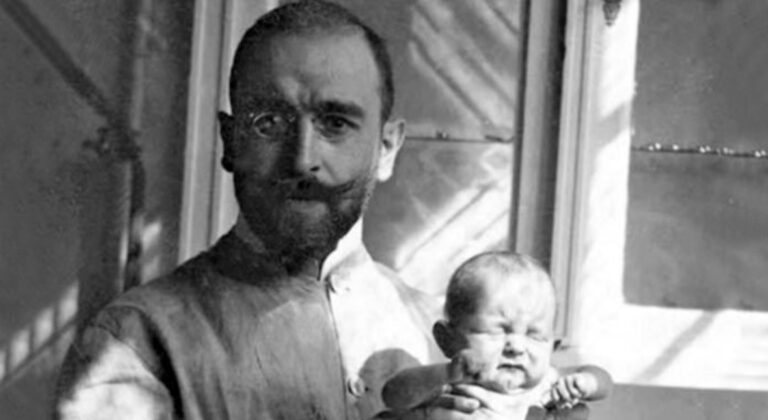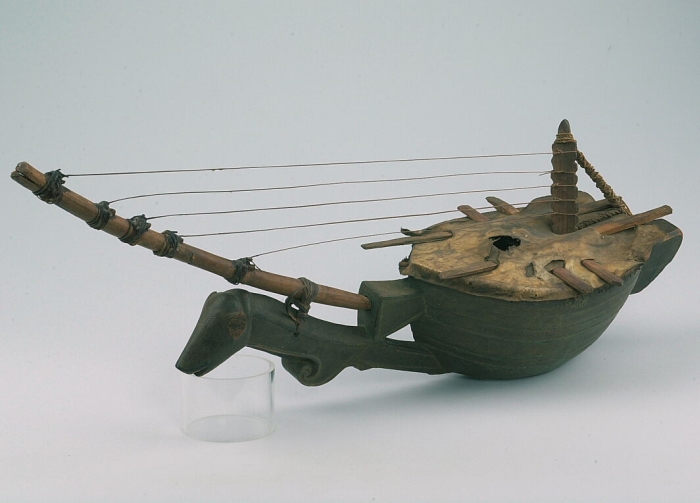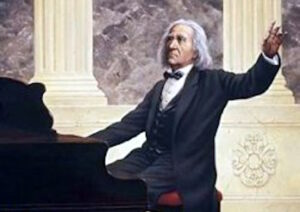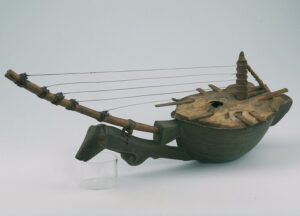In the mid-19th century, Spain was not a scientific powerhouse in the modern sense. Industrialization arrived late, formal acoustics research was still in its infancy, and musical instruments were typically shaped by craft traditions rather than mechanical theory. And yet, in a modest workshop in Seville, a man with no formal technical education accomplished something astonishing: he reinvented the guitar using principles that aligned—almost prophetically—with structural mechanics, materials science, modal vibration engineering, and acoustic physics.
Antonio de Torres Jurado (1817–1892) is often credited with giving the world the “modern classical guitar,” but such praise undersells his achievement. Torres did not merely refine an existing instrument—he solved a series of engineering problems that had limited the guitar’s acoustic power, structural longevity, and expressive ability. He turned a quiet parlor instrument into a concert-capable resonant machine. He conducted experiments, tested structural hypotheses, manipulated material thicknesses, and systematically explored the relationships between geometry, stiffness, tension, and sound.
This chapter offers a deep technical, yet narrative-rich exploration of how Torres accomplished this transformation—how he used intuition sharpened through relentless experimentation to engineer an instrument still considered optimal more than 150 years later.
Before Torres: The Scientific Void in Guitar Making
Before Torres, guitar making was guided primarily by inherited workshop habits and artistic sensibilities. Makers used bracing systems that varied dramatically in shape, placement, and purpose. Body dimensions were inconsistent from region to region. Some guitars were lightly built but structurally fragile; others were robust but acoustically muted. Most critically, no systematic understanding existed about how internal architecture influenced resonance and projection.
The guitar of the early 19th century was modest in scale and voice. In parlors and salons it sufficed, but in concert halls it was easily overpowered by violins and pianos. Makers had not yet conceived of the guitar as a mechanically optimizable system. They had no established theory to describe how string tension distributed across the soundboard, how stiffness variations shaped modal response, or how air cavity volume and soundhole area interacted to govern bass presence. The instrument was, in short, a beautiful mystery.
Torres changed that. Though he never wrote treatises or equations, his work implicitly embodied a systematic methodology that mirrored scientific research practice: change one variable, observe its effect, and build knowledge through cumulative refinement.
Enlarging the Body: Acoustic Power Through Geometry
One of Torres’ first major insights concerned sheer physical size. The early Romantic guitar was small—too small to move enough air for a powerful, sustained tone. Torres realized that acoustic power is fundamentally tied to the surface area of the vibrating plate and the internal air volume of the resonant cavity. Larger surfaces displace more air; lower cavity resonances enrich bass response and give the instrument a fuller voice.
He therefore widened the lower bout, lengthened the body, and increased rib depth. These changes were not arbitrary. They reflected an acute awareness that geometry governs acoustics. A larger air volume produces a lower Helmholtz resonance; a wider lower bout provides more radiating area to project the instrument’s voice.
Yet simply enlarging the body would have resulted in structural vulnerability. A bigger guitar risks collapsing under tension or responding sluggishly due to increased mass. Torres therefore introduced compensating design strategies—lighter soundboards, optimized bracing patterns, and stiffness-to-weight calibrations—that allowed size to enhance sound rather than compromise stability.
This interplay between geometry and structural efficiency foreshadowed modern acoustic engineering: maximum radiating area with minimal mass.
Reinventing the Soundboard: Fan Bracing as a Masterstroke of Modal Engineering
The soundboard is the engine of the guitar, and Torres recognized that its internal architecture was failing to fully harness string energy. The ladder bracing common before his time created rigid cross-grain resistance, segmenting the plate and limiting modal diversity. By contrast, Torres’ fan bracing—a pattern of slender braces radiating from the soundhole toward the lower bout—allowed the top to vibrate in a rich, complex array of modes.
Fan bracing does something profound: it creates controlled anisotropic stiffness. The top is stiffer along the brace lines and more flexible between them. This produces:
-
broader modal activation, enabling more resonance modes to participate in the sound
-
enhanced sensitivity, allowing even light touches to excite the top
-
greater dynamic range, enabling quiet nuance and robust projection alike
-
more even tonal distribution, avoiding the dead zones common in ladder-braced designs
This system distributes load efficiently while shaping vibrational pathways with remarkable precision. In modern acoustic terminology, Torres optimized modal density and coupled resonant families, producing a soundboard that behaves like a finely tuned diaphragm rather than a rigid barrier.
The fact that nearly every classical guitar built since the mid-19th century uses Torres’ fan bracing—largely unchanged—speaks to its extraordinary acoustic efficiency.
The Ultra-Thin Top: A Study in Strength, Flexibility, and Responsiveness
Perhaps Torres’ boldest innovation was reducing soundboard thickness to unprecedented levels—often between 1.8 and 2.2 millimeters. Such thin wood risks deformation under the 40–45 kilograms of tension exerted by guitar strings. But Torres recognized that structural strength need not come from mass alone; it can also come from strategic reinforcement and geometric shaping.
The thinness of the top dramatically increases sensitivity. The lighter the diaphragm, the more efficiently it can convert vibrational energy into sound. Torres paired this thinness with his fan-bracing skeleton, creating a composite structure: a delicate membrane supported by ribs that distribute load and prevent collapse.
This natural composite principle echoes modern engineering, where lightweight panels—whether in aircraft, architecture, or loudspeakers—use ribbing or internal frameworks to combine flexibility with stability.
Torres’ tops vibrate with a living, breathing quality. They react instantly to the smallest articulation, yet retain enough structural integrity to support powerful attacks. This balance is extraordinarily difficult to achieve, and only the precise coordination of thickness, bracing mass, and wood elasticity makes it possible.
The Domed Soundboard: Introducing Geometric Stiffness for Stability and Power
A perfectly flat soundboard would deform over time due to string tension, humidity, and material creep. Torres solved this by introducing a slight arch—just a few millimeters—into the soundboard. This curvature, though subtle, radically changes the soundboard’s mechanical behavior.
The dome introduces geometric stiffness, a principle familiar in engineering structures like arches, bridges, and aircraft fuselages. A curved surface resists forces more efficiently than a flat one, distributing load across its shape instead of relying solely on material rigidity. The dome also:
-
prevents long-term sinking around the bridge
-
improves torsional resistance
-
stabilizes the plate against humidity-induced warping
-
influences air pressure dynamics inside the box
-
supports more controlled modal separation
To create the dome, Torres carved the braces to fit a curved solera. This required precision: too much curvature would choke the top’s responsiveness; too little would fail to provide structural benefit. Torres found the ideal balance, producing tops that remain remarkably stable after more than 100 years of tension and environmental exposure.
Back and Sides as Reflective Boundaries: Reimagining Their Role
Before Torres, many luthiers tacitly treated the back of the guitar as a secondary soundboard. Some built backs thin and flexible, allowing them to participate in vibration. But Torres approached the instrument differently. He wanted one primary radiator—the soundboard—while the rest of the body acted as a rigid reflector to enhance energy efficiency.
He therefore thickened the back, stiffened the sides, and ensured they formed a relatively inert enclosure. The back still vibrates—no wooden structure is perfectly inert—but it does so at frequencies that complement rather than interfere with the top plate’s dominant modes.
This approach parallels loudspeaker cabinet design: a rigid enclosure reflects and contains internal pressure, allowing the vibrating surface (the cone or diaphragm) to radiate efficiently.
Torres effectively engineered the guitar body as a hybrid system:
-
A flexible diaphragm (top) for sound radiation
-
A stiff enclosure (back and sides) to contain and support air pressure dynamics
This configuration maximizes projection and clarity, contributing to the distinctive modern guitar voice.
Tuning Airflow and Resonance: The Soundhole as a Calibrated Valve
Torres understood that the soundhole was not merely a decorative feature but a functional valve controlling internal air movement. He was perhaps the first luthier to tune soundhole size in relation to cavity volume with precision.
A soundhole that is too large causes excessive airflow, raising the air resonance frequency and weakening the bass. A soundhole that is too small restricts airflow, produces a tubby or muted bass, and increases internal pressure damping. Torres worked consistently within an optimized range—around 80–90 mm—balancing airflow, projection, and tonal color.
His innovation was not simply sizing but placement. By centering the hole in the upper bout, he preserved the lower bout’s vibrational freedom. The lower bout became the bass engine; the upper bout, the midrange support structure.
This was a subtle but profound understanding: resonance is not uniform across the plate, and the positioning of openings dramatically influences modal behavior.
The Papier-Mâché Experiment: A Scientific Demonstration in a Craft Context
One of Torres’ most famous acts of experimentation was the construction of a guitar with a normal spruce soundboard—but with sides and back made of papier-mâché. This was not a novelty; it was a scientific demonstration. Torres wanted to prove that:
-
the soundboard and its bracing
-
not the sides or back material
determine the core acoustic quality of a guitar.
The result was stunning. The papier-mâché guitar sounded surprisingly good—clearly inferior to his best wooden instruments, but far better than anyone would expect from such a fragile body. The experiment refuted the prevailing belief that exotic or expensive back-and-side materials were essential for great sound. Torres showed that nearly all primary tonal qualities originate from the top’s stiffness distribution, thicknessing, and brace architecture.
This experiment reveals Torres’ mindset: empirical, curious, and willing to challenge tradition through direct testing. It is a striking example of an artisan adopting the logic of scientific inquiry within a craft discipline.
Long-Term Structural Integrity: Engineering for Decades and Centuries
Many pre-Torres guitars failed to withstand the long-term mechanical stresses of string tension. Soundboards would sink, backs would crack, braces would come loose, and neck angles would deteriorate. Torres sought not only excellent sound but exceptional longevity.
Several design choices contributed to the enduring structural stability of his instruments:
-
Domed soundboards that resist sinking
-
Optimized brace mass to prevent creep deformation
-
Reinforced ribs that stabilize the box
-
Careful humidity management during construction (implicit in wood selection and seasoning)
-
Thoughtful grain orientation for bridge strength and plate elasticity
Many Torres guitars today, more than a century and a half after construction, remain structurally sound. Their tops hold their arches; their braces remain stable; their voices have often improved with age.
This durability underscores that Torres did not merely stumble upon a good design—he understood, at a deep and practical level, how materials behave over time under varying loads.
Legacy: The Guitar as a Perfected System
By the end of his life, Torres had achieved something remarkably rare in the history of musical instrument design: he created an acoustic architecture so effective that future innovations would refine rather than replace it. Lutherie traditions across Spain, Germany, and later the entire world followed the Torres model. Builders like Manuel Ramírez, Santos Hernández, Hermann Hauser, and Ignacio Fleta all worked within the Torres paradigm.
The reason is simple: Torres solved the fundamental structural and acoustical challenges of the guitar. He balanced opposing demands—strength and flexibility, projection and nuance, size and responsiveness—with uncanny precision. His instruments represent a nearly optimal solution to the problem of converting string vibration into musical sound within the constraints of wood, geometry, and human ergonomics.
Today, even radical departures like lattice bracing and double tops represent reinterpretations of problems Torres identified and solved. He gave the guitar a body large enough to project, a top light enough to respond, a bracing system sophisticated enough to shape modal behavior, and an internal architecture stable enough to last.
In doing so, Torres not only elevated the guitar to a concert instrument—he effectively invented the form and function of the modern guitar itself.
